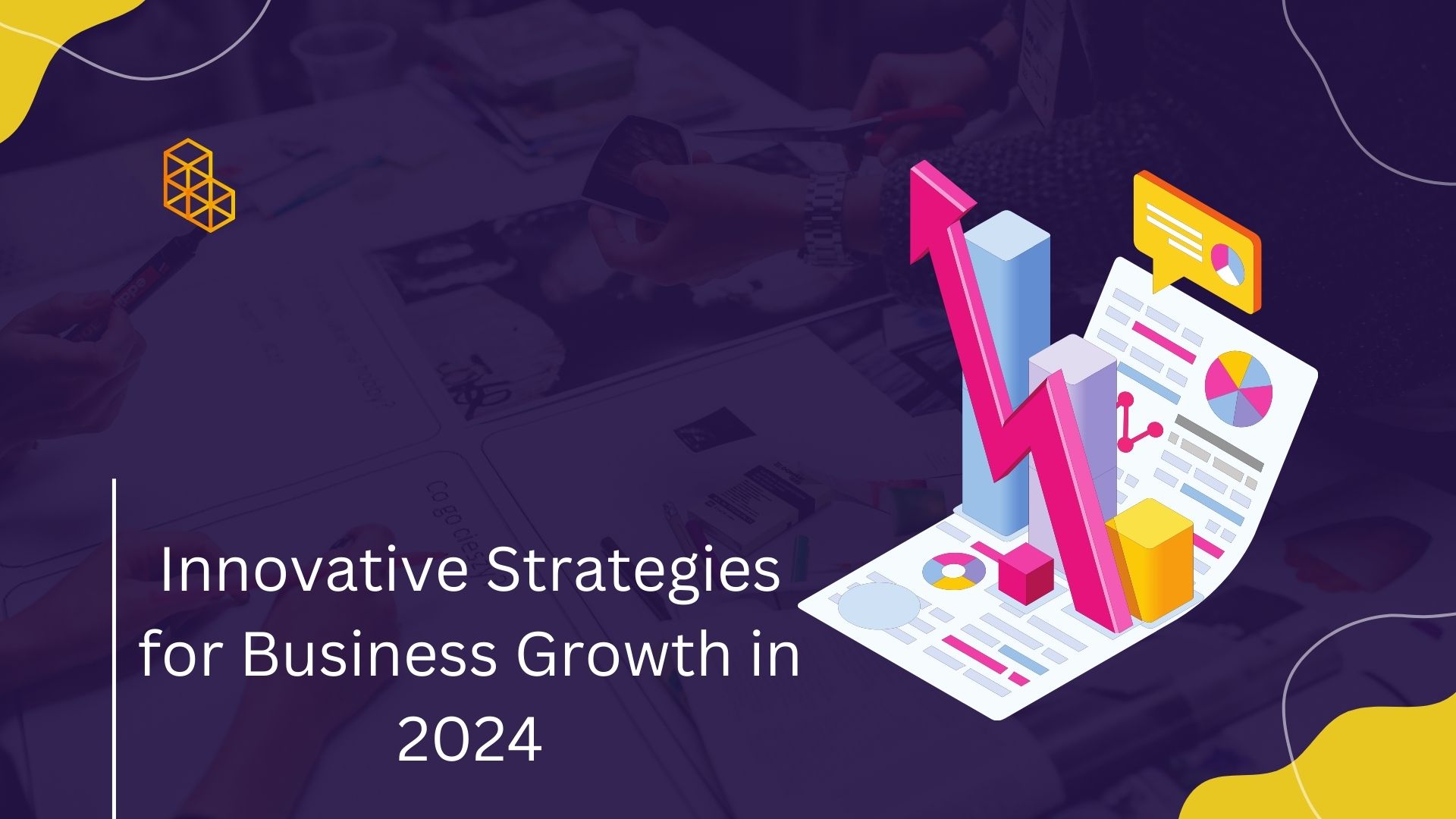Skip to content

Innovative Strategies for Business Growth in 2024
1. Embrace Digital Transformation
- AI and Machine Learning: Implement AI for customer service (chatbots), predictive analytics, and personalized marketing.
- Automation: Streamline operations with robotic process automation (RPA) to improve efficiency and reduce costs.
- Blockchain: Use blockchain for secure transactions, supply chain transparency, and smart contracts.
2. Sustainability and Social Responsibility
- Green Initiatives: Adopt sustainable practices and products to appeal to eco-conscious consumers.
- Corporate Social Responsibility (CSR): Engage in CSR activities that resonate with your target audience and enhance your brand’s reputation.
3. Customer-Centric Approach
- Personalization: Use data analytics to offer personalized experiences and product recommendations.
- Customer Feedback: Implement robust feedback mechanisms to continually improve your offerings based on customer input.
4. Diversification of Revenue Streams
- Subscription Models: Introduce subscription-based services for consistent revenue.
- Digital Products and Services: Expand into digital offerings such as e-books, online courses, or apps.
- Partnerships and Collaborations: Partner with other businesses to co-create products or enter new markets.
5. Enhanced Digital Marketing
- Content Marketing: Develop high-quality, engaging content that adds value and establishes your authority.
- Influencer Marketing: Collaborate with influencers to reach new audiences and build trust.
- SEO and SEM: Invest in search engine optimization and search engine marketing to increase online visibility.
6. Focus on Employee Well-being and Development
- Training and Development: Offer continuous learning opportunities to keep employees engaged and skilled.
- Flexible Work Arrangements: Provide options for remote work and flexible schedules to attract and retain talent.
- Health and Wellness Programs: Implement programs that promote physical and mental well-being.
7. Adopt Agile Practices
- Agile Methodologies: Use agile project management techniques to quickly adapt to market changes.
- Lean Start-up Approach: Test ideas rapidly with minimum viable products (MVPs) and pivot based on feedback.
8. Leverage Data and Analytics
- Big Data: Utilize big data analytics to gain insights into customer behavior, market trends, and operational efficiency.
- Business Intelligence (BI): Implement BI tools to make data-driven decisions and identify growth opportunities.
9. Expand Global Presence
- E-commerce: Use e-commerce platforms to reach international markets.
- Localization: Tailor your products, services, and marketing efforts to fit the cultural and regulatory environments of new regions.
10. Innovative Product Development
- Co-Creation: Engage customers in the product development process to create offerings that better meet their needs.
- Rapid Prototyping: Use rapid prototyping techniques to bring new products to market faster.
11. Enhanced Cybersecurity Measures
- Cybersecurity Investment: Protect your business and customer data by investing in robust cybersecurity measures.
- Compliance: Stay up-to-date with regulations such as GDPR and CCPA to ensure compliance and build customer trust.
12. Harnessing the Power of Community
- Online Communities: Build and nurture online communities around your brand to foster loyalty and advocacy.
- User-Generated Content: Encourage and leverage user-generated content to enhance credibility and engagement.
13. Focus on Financial Health
- Cost Management: Continuously monitor and manage costs to maintain profitability.
- Funding and Investment: Explore various funding options such as venture capital, crowdfunding, and strategic investors.



Leave a Reply